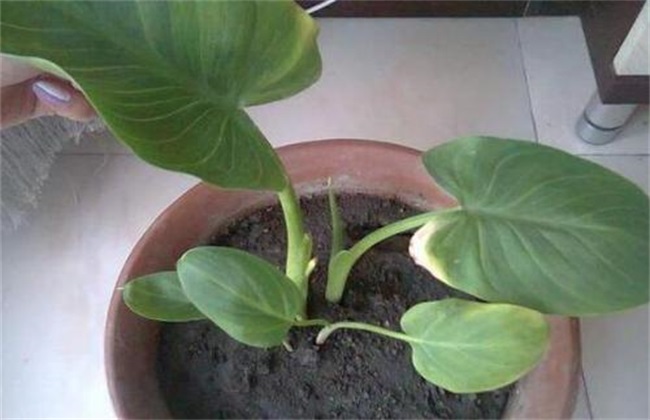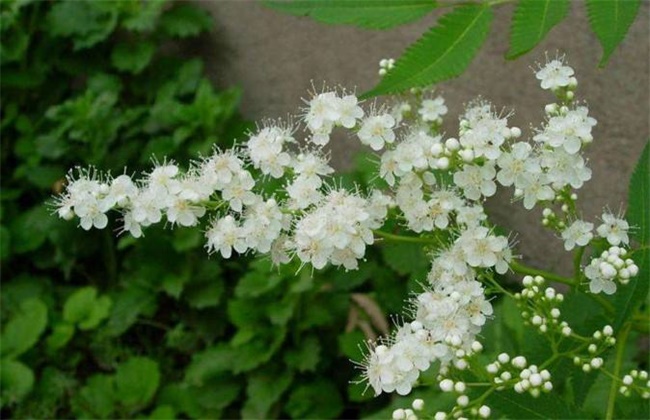Planting methods and matters needing attention of African Chrysanthemum
African chrysanthemum is a hairy herb of Compositae. The flowers are colorful and gorgeous, so they are of high ornamental value. Now it is widely used in cut flowers, potted plants and decoration, and is welcomed by many people. So what do you do if you want to grow gerbera? What are the precautions? Today, the editor has brought you the planting methods and points for attention of African chrysanthemum. Let's take a look at it.

1. Methods of reproduction
There are many propagation methods available for gerbera, such as ramet, cutting, sowing and so on. If sowing and breeding are carried out, then spring sowing should be carried out before and after Ching Ming Festival, while autumn sowing should be carried out from September to October. Soaking seeds in warm water before sowing can accelerate germination. After sowing, the temperature is controlled at about 20 degrees, and it can germinate after about a week. Provide sufficient light for the seeds after germination, and divide the seedlings after the cotyledons are fully expanded. When the seedlings grow about two true leaves, they can be planted, preferably in May-June. The plant will blossom about two months after planting.
2. Fertilizer and water management
If African chrysanthemum is planted in protected cultivation, it can blossom all year round. Therefore, the consumption of nutrition will also be very large, so we should pay attention to proper topdressing during the whole growth period of Gerbera. Fertilizer is generally based on nitrogen fertilizer, appropriately increase the proportion of phosphorus and potassium fertilizer, with the right amount of medium and trace elements. Before flowering, we should pay attention to supplement potash fertilizer, enhance the growth ability of stem and flower, and increase the number of flowers. The humidity should be maintained at about 70%. After watering the planting water, wait until the soil is slightly dry to ensure the normal growth of the roots. Watering should be based on the principle of dry and thorough watering, watering in the flowering period should be careful not to spray water in the center of the leaves to avoid the rot of flower buds.
3. Thinning leaves and buds
African chrysanthemum is a kind of flower produced annually, so we should also pay attention to the work of thinning leaves and buds. If there are too many leaves, it will lead to a decrease in the number of African chrysanthemums, but not too few, so pay attention to the time to peel leaves. At the same time, the yellow leaves under the basal leaves of the plant should be removed in time, each branch should be stripped evenly, and about three functional leaves should be retained. Then in the seedling growth period, we should pay attention to remove the buds formed in the early stage to promote the vegetative growth of the plant. In the flowering period, if there are too many buds, it should be removed in time to ensure quality. At the same time, we should also pay attention to factors such as market and season, and control the number of flower branches.
4. Points for attention
The first thing we should pay attention to is to control the temperature. The temperature suitable for the growth of African chrysanthemum is about 22 degrees. Do not exceed the range of 5-30 degrees, otherwise it will significantly inhibit the growth of African chrysanthemum. At the same time, we should also pay attention to the change of temperature difference, the temperature difference between day and night should be kept at about 3 degrees, not too large, prone to abnormal flowers. Then pay attention to keeping enough light, keeping the light time at about 12 hours a day. If the natural light is insufficient, then it is necessary to do a good job of artificial light supplement. Light intensity and time will directly affect the amount of gerbera flowers, so we should pay more attention.
The above is a brief introduction to the planting methods and matters needing attention of African chrysanthemum. That's all for today's introduction. This article is for reference only. I hope it can help you all.
Related
- Fuxing push coffee new agricultural production and marketing class: lack of small-scale processing plants
- Jujube rice field leisure farm deep ploughing Yilan for five years to create a space for organic food and play
- Nongyu Farm-A trial of organic papaya for brave women with advanced technology
- Four points for attention in the prevention and control of diseases and insect pests of edible fungi
- How to add nutrient solution to Edible Fungi
- Is there any good way to control edible fungus mites?
- Open Inoculation Technology of Edible Fungi
- Is there any clever way to use fertilizer for edible fungus in winter?
- What agents are used to kill the pathogens of edible fungi in the mushroom shed?
- Rapid drying of Edible Fungi



